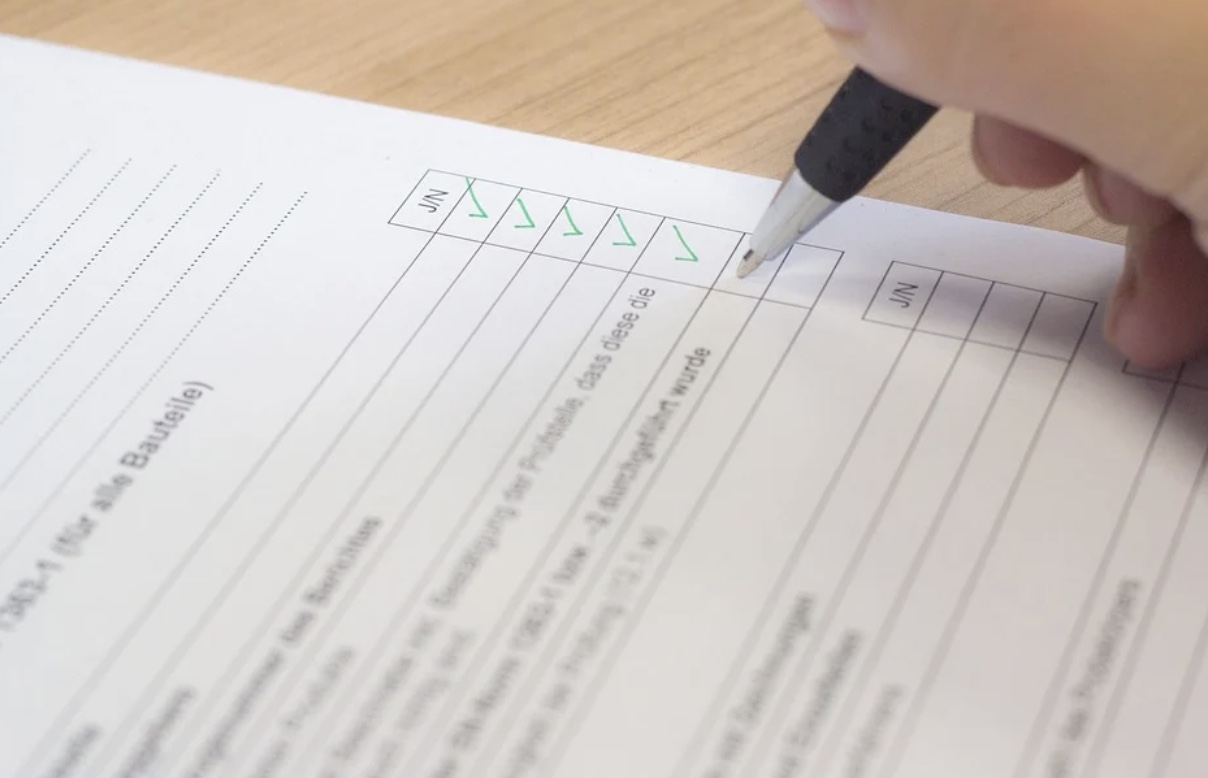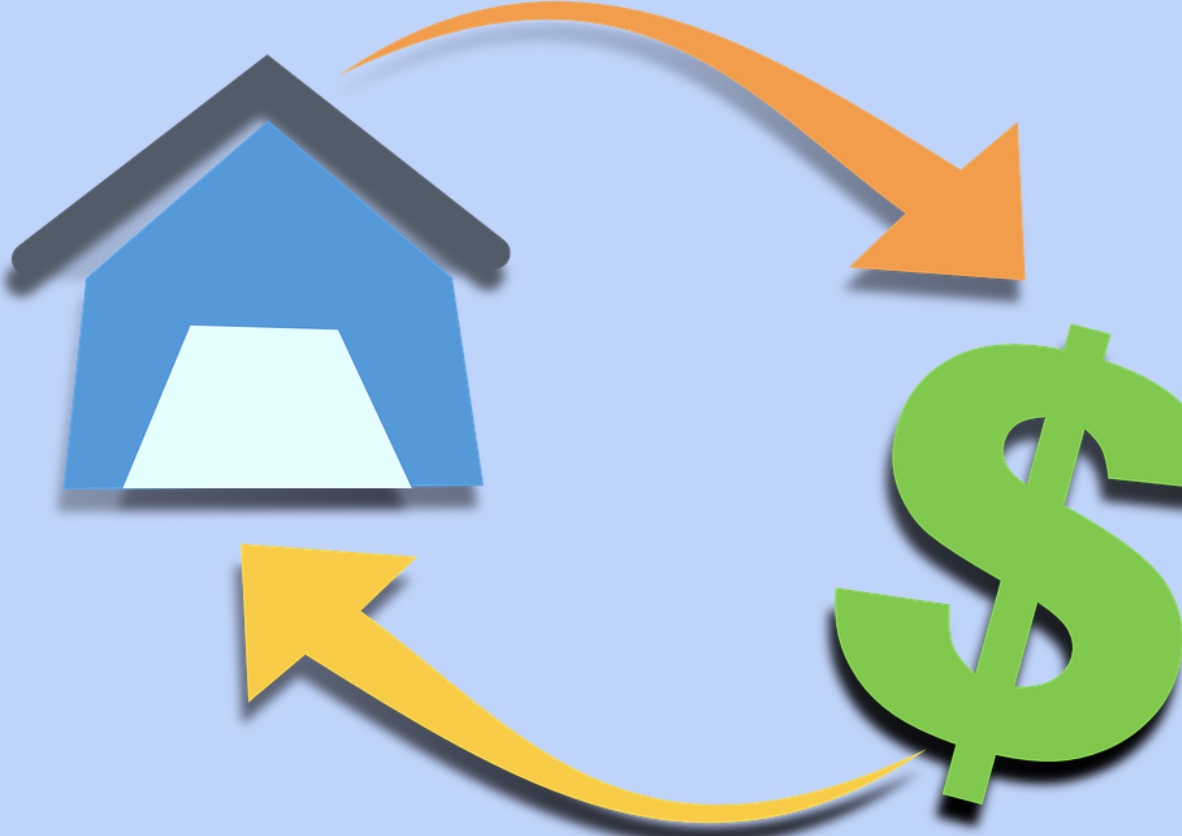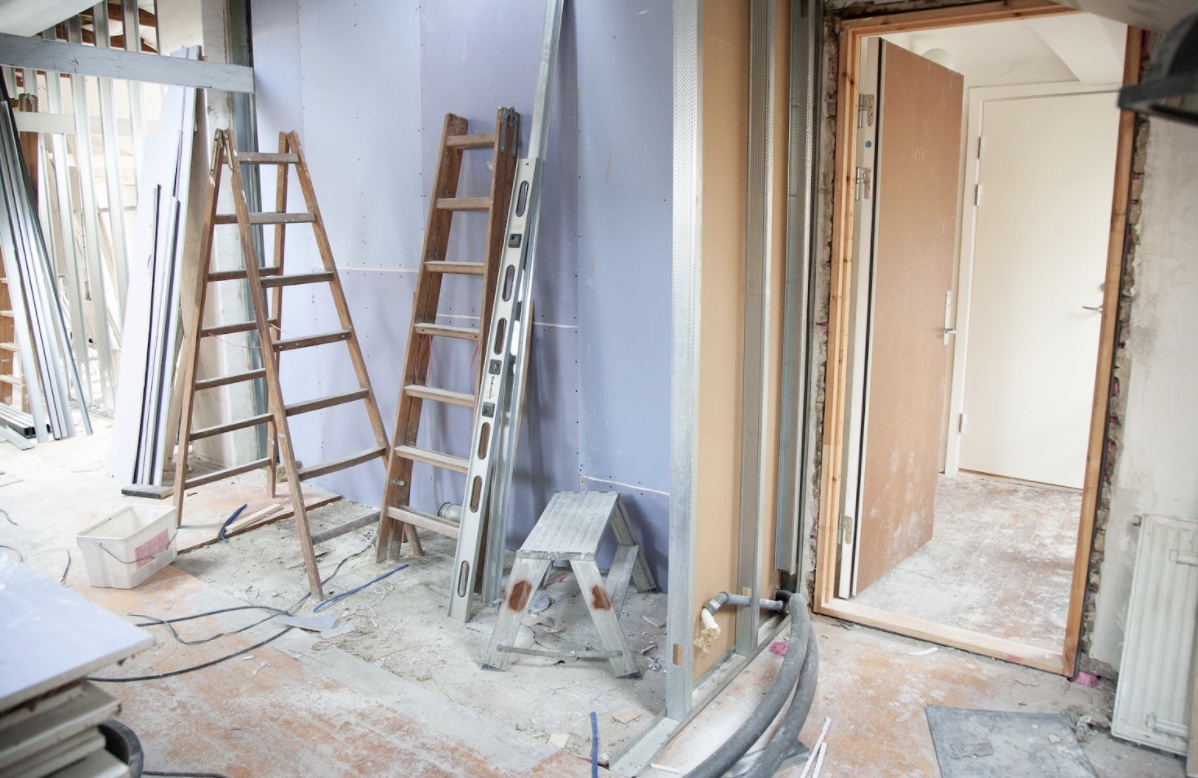When it comes to major home remodels, finances are often brought into the discussion. Most major remodels will be expensive and require you to look into extra funding options, including refinancing your current home mortgage.
In many cases, people choose to refinance their homes in order to afford a major remodel. With a cash-out refinance, you’ll have access to the funds you need for your remodel project without also incurring higher interest rates or going through the hassle of taking out a new loan. Even better, a cash-out refinance is tax-free.
If you’re interested in refinancing your home to fund a remodel, read below to learn everything you need to know about the process in this quick guide.
What is Refinancing?
Refinancing is the process of changing your current mortgage for a better option, often with lower interest rates and a new principal. When it comes to funding a major remodel, you’ll often hear talk of cash-out refinancing. Although it follows the same principle, cash-out refinancing is different from a simple refinancing of your mortgage.
With a cash-out refinance, you take out a new mortgage on your home for more than you actually owe. You’ll get your home equity available to you in cash and can use it to pay for your remodel. Instead of taking on a new loan and monthly payment in addition to your mortgage, you’ll pay off both with a single monthly payment.
It’s important to note that your lender or bank may not let you take 100% of your home equity out in cash. They may only allow up to 80% loan to value. Because of this, make sure you have a clear understanding of how much you’ll be able to take out as cash before closing your refinance.
How to Refinance Your Home

Refinancing your home will be time-consuming and is not something that can be started and completed in a single week. In most cases, you should expect it to take anywhere from 30 to 45 days.
Your lender or bank, whoever is doing the refinance for you, will also ask for several documents before approving your request to refinance. Having these documents ready beforehand can help speed up the process.
When it comes to qualifying and requesting to refinance your home, here is the basic process you can expect to follow.
#1. Find a Lender
When you decide to refinance your home, you aren’t limited to your current mortgage lender. In fact, it’s recommended that you look elsewhere before limiting yourself to your current lender.
Find and compare refinance rates from different lenders before deciding who you want to refinance your home with. You’ll also want to look into closing and additional fees. Some lenders offer low rates but have high closing costs to offset the money you would otherwise be saving.
#2. Meet the Requirements
As you likely imagine, there are numerous requirements you must meet before being approved to refinance your home.
An important, yet often overlooked requirement of a home-refinance is your credit score. Your score will determine whether you can qualify for a refinance, so improving your credit score beforehand is vital. Most lenders look for a score of at least 620, but this depends largely on the type of loan you’re looking to take out.
Your home will need to have a certain amount of equity before a lender agrees to refinance. When you first request a refinancing, the lender will need an appraisal of your property in order to determine the amount of equity available to you. Once your equity has been determined, you’ll typically be required to leave between 15% and 20% in your home.
The last requirement you’ll need to meet is a debt to income ratio (DTI). Lenders will rarely accept requests from anyone with a DTI of more than 50%. You can calculate your DTI beforehand by combining all your current debt and dividing it by your monthly income. The lower the percentage, the better your chances are of being approved.
#3. Wait for Approval
Once you’ve submitted all the required documents and been pre-approved, you’ll need to wait for an appraisal and the final approval. The final approval is done by an underwriter and, unfortunately, there is no standard return time for underwriting.
The underwriting process may take a few days or a few weeks. It all depends on how many requests a lender is currently working through and the complexity of your refinance request. The best way to ensure the process moves along quickly is to provide all the necessary documents from the start and respond to all requests as soon as you receive them.
#4. Close
After you’ve received the final approval, your next step is closing day. You’ll be expected to sign some final papers and pay a fee before your loan is complete. Your lender is required to provide you with a Closing Disclosure within three days of closing.
Although closing day signals the end and approval of your home refinancing, it’s important that you keep in contact with your lender for any last-minute changes or requests for documentation. You should also keep your credit score as close to when you submitted your request as possible since some underwriters will reference it again before closing.
Benefits of Refinancing for a Major Remodel

Refinancing your home isn’t a quick process, but it has certain benefits that come in handy when planning a major remodel.
Low-Cost Improvements
With a home-refinance, you can afford major remodel projects without having to take on extra debt payments. It allows you to take a large sum of money at once, but pay it off at regular intervals over time at a lower interest rate.
One Monthly Payment
Using a home refinance to fund a remodel means you are able to pay off both the remodel costs and your mortgage in one monthly payment. In some cases, refinancing your home to fund a remodel may not even raise your current mortgage. If your monthly payment does go up, however, it’s usually not by a lot.
Tax Deductions
Mortgage interest is tax-deductible while the interest on other loan types is not. Using the money from a home refinance means that the interest you pay on it may be eligible for tax deductions and save you some money.
Take on the Challenge of a Remodel

Your home value will increase with every remodel and it won’t be long before the remodel pays for itself. If you’re planning on selling your house in the future or are looking for a way to increase your property value, taking on a major remodel is the way to go. Funding it with a home refinance comes with additional benefits such as low costs and increased property value.


0 Comments